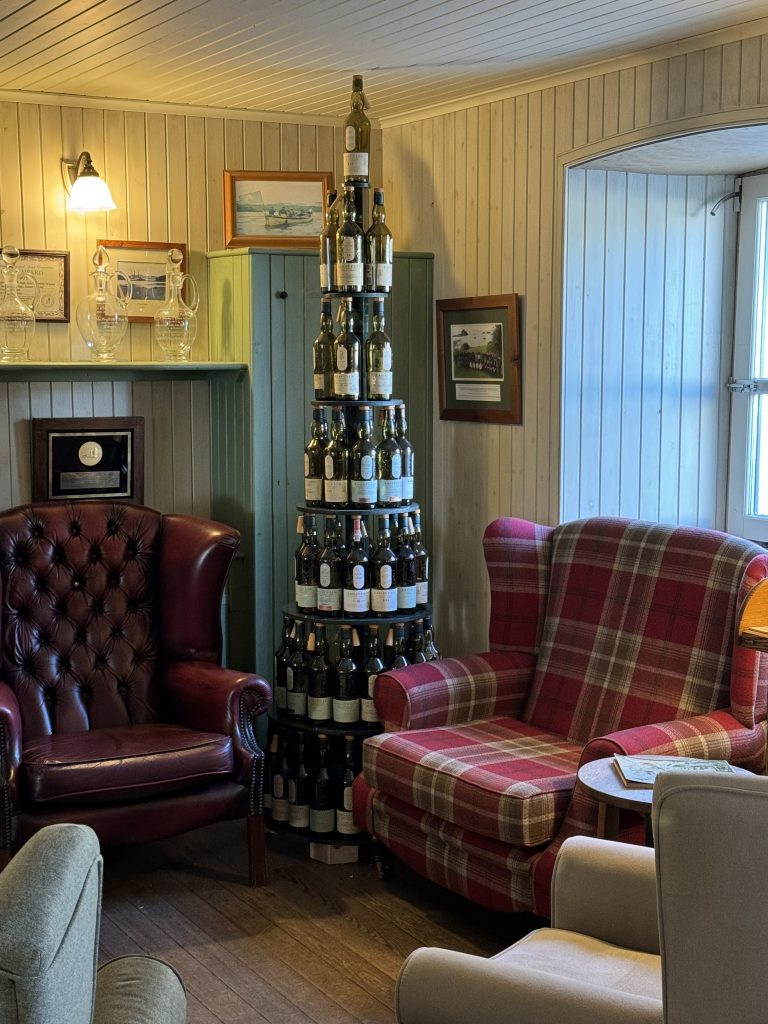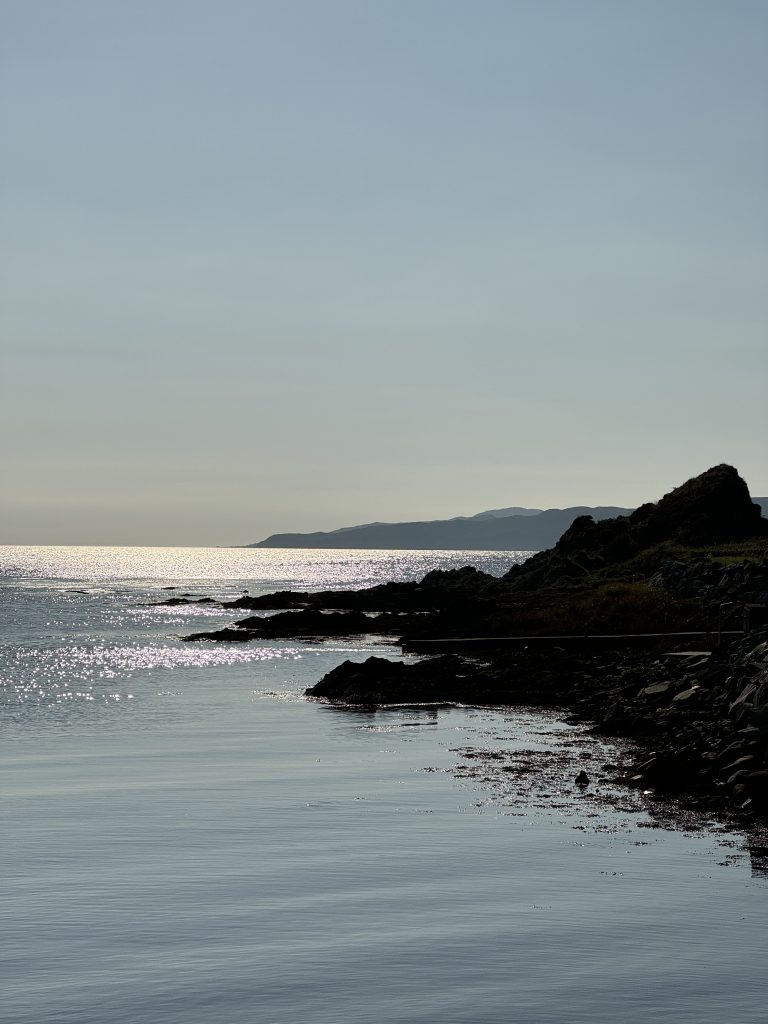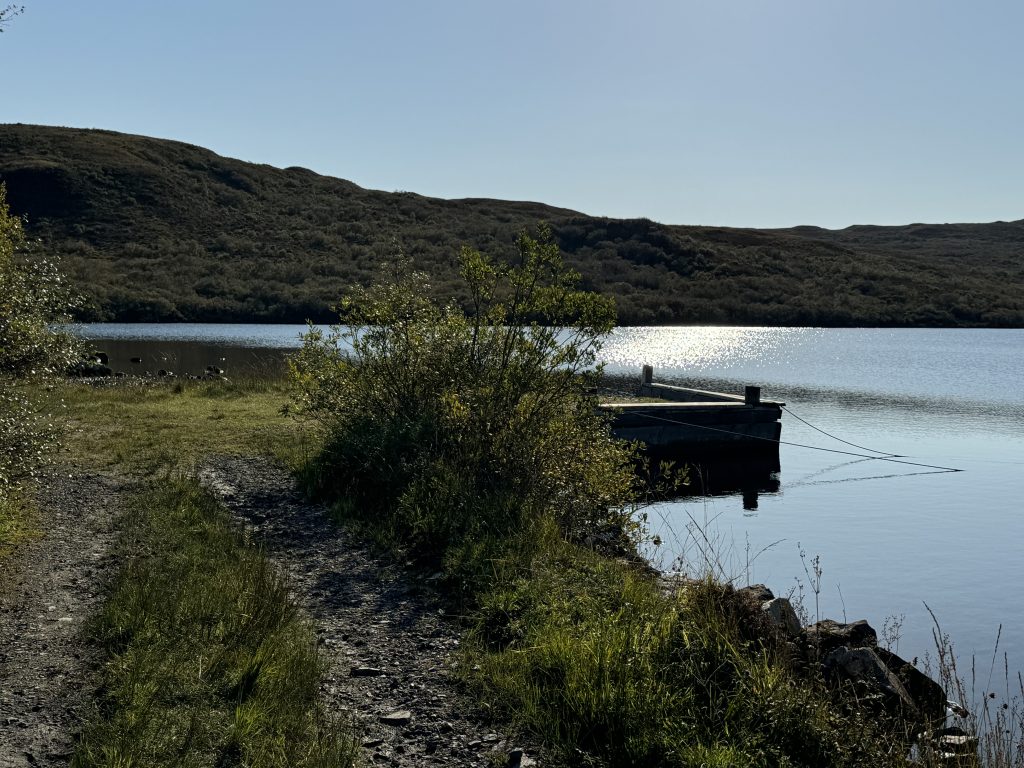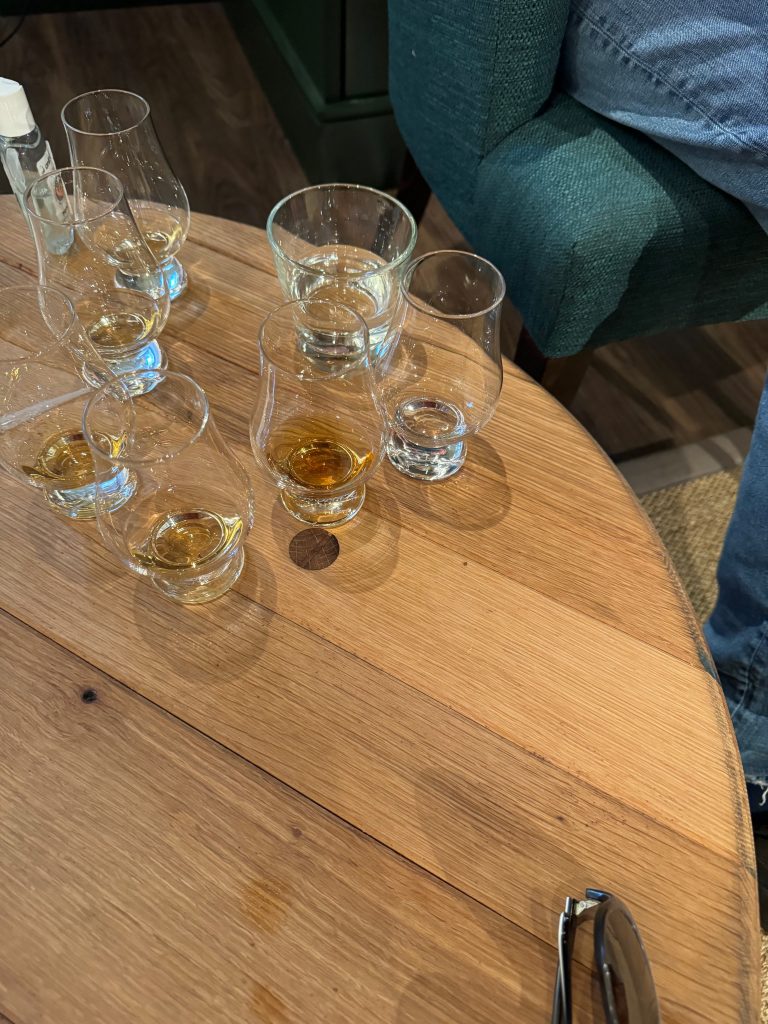
A major draw for visitors to the Isle of Islay is to visit one or two of the top distilleries. There are more distilleries on this island, per square meter, than any other Scottish island. As a peaty whisky lover, Islay is a paradise for me, with Lagavulin my favourite brand. But there was a surprise in store for me.
Having taken many a whisky distillery in my time, this time I noticed something very different with our Lagavulin tour – they talked about the SUSTAINABLE aspects of their production, in particular with reference to water. I am a passionate supporter of organisations that take sustainability very seriously.
Until I got home and contacted them for more information, I didn’t understand the significance of what Diageo, the business behind Lagavulin, are working on in this regards. Discover this incredible story with me.
Listen to my audio introduction above




What’s The Focus?
Their core focus is: zero-waste to landfill, making the distillation process sustainable and being highly efficient with their use of water. What I love is that they give visibility to what they are striving for on their website and ask visitors to help by at least ensuring all our personal waste is recycled when we visit.
They seem deeply committed to preserving the unique biodiversity of the Isle of Islay, recognising the delicate balance between their operations and the natural environment. Why is that important? This commitment is not only vital for the distillery’s long-term sustainability but also for the well-being of the entire island ecosystem. It is a haven of biodiversity, boasting a unique ecosystem shaped by its remote location, mild climate, and diverse landscapes of rolling hills, coastal cliffs, and peat bogs that support a rich array of plant and animal life, including rare bird species. The island’s pristine waters teem with marine life, from playful seals and dolphins, of which we were delighted to see on several occasions, to majestic whales.






This delicate balance of nature is essential for the island’s character and the sustainability of its iconic whisky industry. Protecting this precious ecosystem is crucial for both future human generations to enjoy and so that nature can continue to thrive here.

Fuelling a Greener Future, One Story at a Time. Every small step we take – from reusable bags to conscious consumption – ripples outwards, creating a wave of hope. Let’s rewrite the story of our planet, one click at a time. I believe in the power of storytelling. By sharing inspiring environmental initiatives, unsung sustainability heroes and practical tips, I aim to amplify the voices making a difference. Imagine a world where everyone is empowered to take action, one small change at a time. ‘Buy Me A Coffee’ donation is a quick and easy way to offer a small, one-off donation, that helps keep this platform running and allows me to continue sharing these vital stories. Just click the “Donate” button (top right corner). Every contribution, no matter the size, makes a difference. Thank you for being a part of this journey.
Whisky production uses natural resources so, quite rightly they are acutely aware of the challenges and changes to these resources that climate change brings, especially water stress and the loss of nature. Their approach is below.
‘Grain to Glass’ Sustainability Programme
Looking at the wider picture Diageo are ‘pioneering’ sustainability through their ‘grain-to-glass’ strategy. That association of ‘pioneering’ and taking ‘responsibility’ for not just their supply chain, customers and consumers but recognising their long term business success is dependent on both people and the wider planet thriving. And instead of burying their heads and letting someone else worry about it, they have grabbed the issues and are doing their bit to make changes, focusing initially on Water and Carbon.
I will drink to that!
Here’s a precis of their programme, bringing out the key points for me and I have added links to their website if you want the scoop on their full story and much more detail.
Water
Relying heavily on water and with so many pressures across the world for this natural and necessary resource, it’s top of their list of concerns. And they have already improved water efficiencies in their operations by 21% since 2020, setting themselves a goal to reduce this by a further 40% by 2030. Across the company they have seen a 15% improvement, with their 2030 aim of 30%. Long term they have an ambition to lead the way in water management. With water being such a significant component of the whisky itself as well as in the production element, this level of improvement is significant.
But their reach is wider than this, extending out to the communities and ecosystems close to where they work, with targets such as replenishing more water then they use for operations in water-stressed areas.






Carbon
Aiming to be carbon-zero across their own direct operations by 2030 and by 2050 for their total value chain. Taking a science-based approach seems to be key to them – addressing climate change in a data-led and systemic way – and they have split the work into three scopes, two for direct operations and the third for their supply chain. Optimising energy use and recovering that energy where possible and moving to renewable energy sources are key to them achieve their direct operations target. Looking to create additional renewable energy capacity at their sites that both powers their own operations and contributes surplus energy to the grid seems central to how they will achieve this, along with reducing their energy use and therefore carbon emissions.
They have already started on this decade of action towards their net zero carbon goals and you can download a pdf that details the actions so far. The challenges they have are influencing changes within their supply chain, so to raw materials and packaging for example, that represent a significant portion of their total value chain emissions.
Regenerative Farming: grain, barley and agave are key products for this industry, and developing programmes to support farmers to be more resource-efficient by adopting regenerative practices is a massive project. So, they are taking it step by step and currently have three pilots in Scotland, Ireland and Mexico.
Peat: What might be an additional concern are the peat reserves. Good news is there’s been a gradual uplift in the amount of people who are restoring peat. Certainly we learnt that the island’s distilleries are working together with several research bodies and organisations, such as the Scotch Whisky Association, to consider if there are other alternatives to taking peat from the peat bogs. Efficient use of peat and sourcing it in a way that alleviates some of the harmful consequences – carbon dioxide release and destruction of habitats for rare species to mention a few – are alongside understanding how to conserve and regenerate . They are non-renewable ecosystems which can take a decade to return to health. Back in 2015 it was reported that peat reserves on Islay were less plentiful than expected. Something we can do to help is to refuse to buy ‘peated’ soil and products for our gardens and a ban on peat extraction for horticulture is apparently in the works.
What I admire is their openness and the fact that they are taking action. We have to remember that within the context of ‘sustainability’ of our planet we are not just referring to nature and our wildlife but the integration of environmental health with economic vitality. Aligning with their customers is key and many consumers want to transition to sustainable products, but it is a balancing act.
